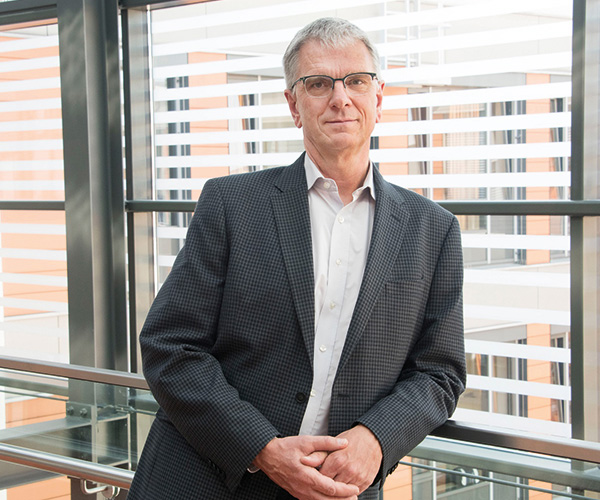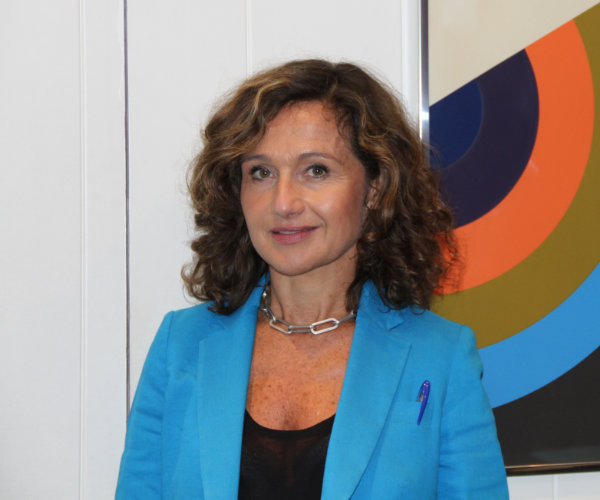Home institution
Center for Thrombosis and Hemostasis (Mainz, Germany)
Supervisory team
primary: Prof. Dr. Wolfram Ruf (CTH), secondary: Prof. Dr. Francoise Dignat-George (C2VN), tertiary: Dr. Philippe Poncelet (BioCytex)
Project locations
CTH (Mainz, Germany), C2VN (Marseille, France), BioCytex (Marseille, France)
Joint PhD Degree
Universities of Mainz and Marseille
Project details
Tissue factor (TF) is a major driver of thrombosis and inflammation. How TF expressed by blood and vessel wall cells, and in particular when released via extracellular vesicles (EV), contributes to vascular inflammation remains to be elucidated. We hypothesize that the source of EV and their release mechanism determine the interactions of EV with blood cells and vessel wall in thrombotic inflammation.
This project aims to understand how the release mechanisms generating EV from blood (monocytes) and vessel wall cells determine the protein and lipid compositions of EV. ESR6 will study how these properties of EV influence the delivery of cargo and impact interactions with blood cells and the endothelium in thrombo-inflammation. ESR6 will be trained in cell biology and omics approaches and develop imaging techniques for the visualization of EV-associated proteins. ESR6 will investigate the interactions of EV with vascular cells, as well as the ensuing (non)coagulant and inflammatory effects. A particular question is how TF-bearing-EV initiate and disseminate intravascular coagulation processes. The role of EV in coated platelet and neutrophil interaction at the vessel wall will be looked at. The ultimate goal is to develop new diagnostic approaches for measuring functional activities of EV (e.g high sensitivity TF assays) and develop novel methods for imaging EV interactions with vessel wall cells using microfluidic devices in vitro and established thrombosis models in vivo. To this end, an existing large panel of monoclonal antibodies to TF and its binding partners will be used. Comparison with EV from endothelial cells will be made, also testing the novel TF-bearing-EV imaging tools with blood from patients with venous thrombo-embolism. The long-term perspective of this project is a better definition of the roles of EV in thrombosis and determine their potential to elicit inflammatory cell signaling.
References
- Rothmeier, A.S., Marchese, P., Petrich, B.G., Furlan-Freguia, C., Ginsberg M.H., Ruggeri Z.M., Ruf, W. Caspase-1-mediated pathway promotes generation of thromboinflammatory microparticles. J. Clin. Invest. (2015) 125:1471-84.
- Subramaniam S, Jurk K, Hobohm L, Jäckel S, Saffarzadeh M, Schwierczek K, Wenzel P, Langer F, Reinhardt C, Ruf W. Distinct contributions of complement factors to platelet activation and fibrin formation in venous thrombus development. Blood (2017) 129:2291-2302
- Lacroix R, Dubois C, Leroyer AS, et al. Revisited role of microparticles in arterial and venous thrombosis. J Thromb Haemost. 2013 Jun;11 Suppl 1:24-35.
Desirable student skills
- Experience in protein biochemistry and/or cell and molecular biology
- Experience with flow cytometry is desirable


